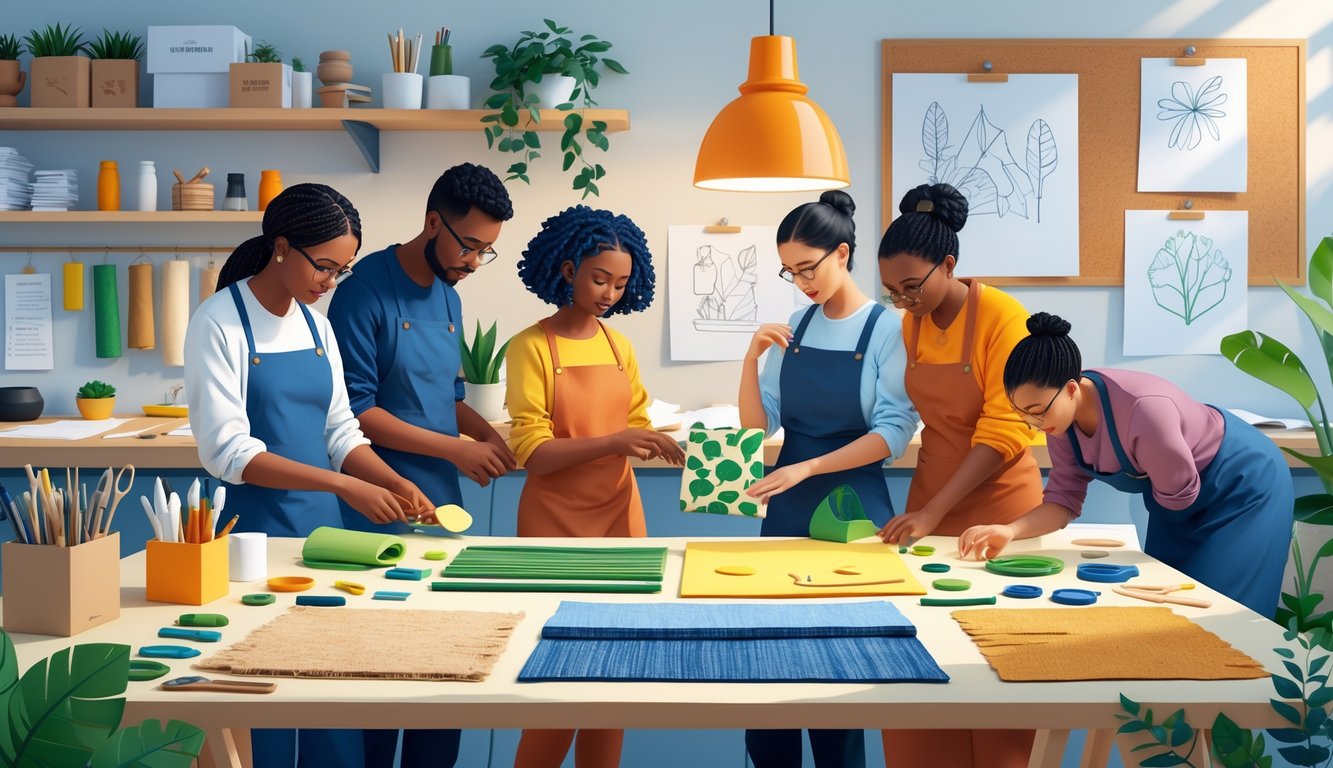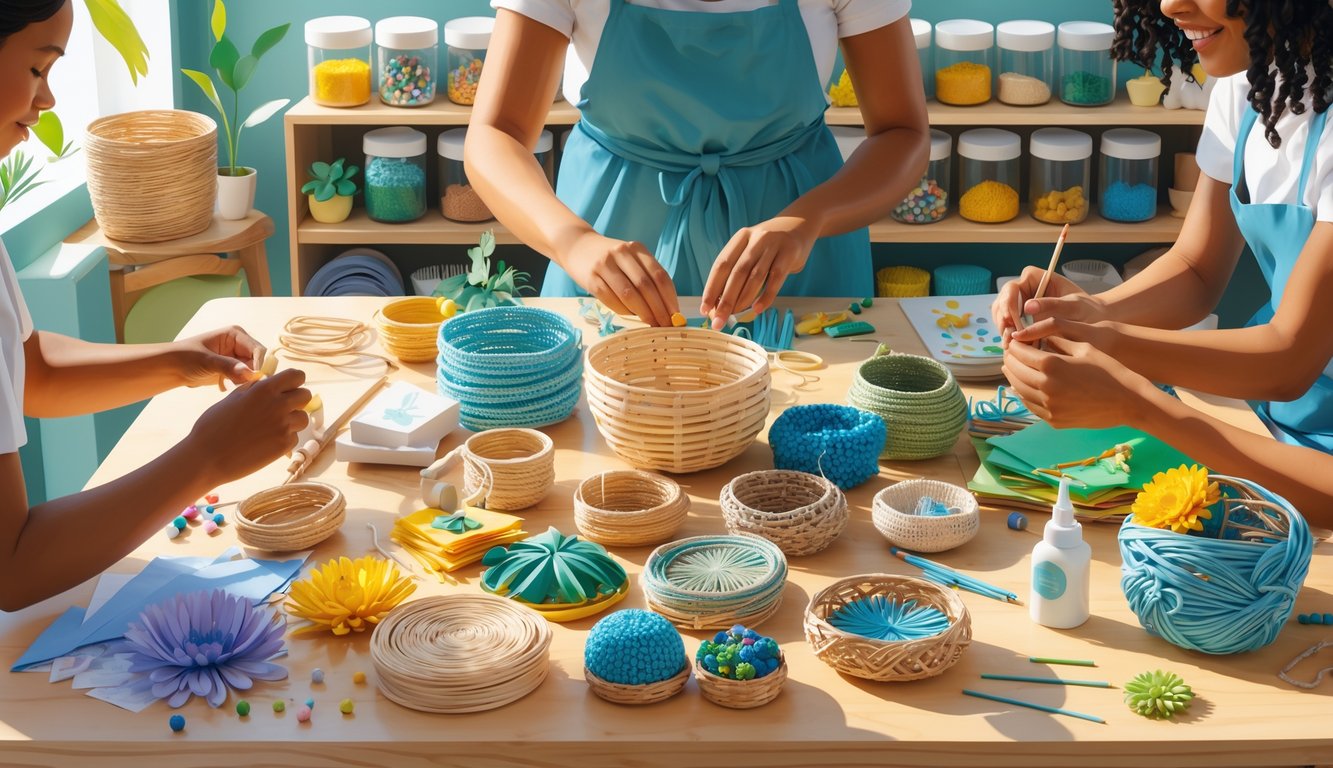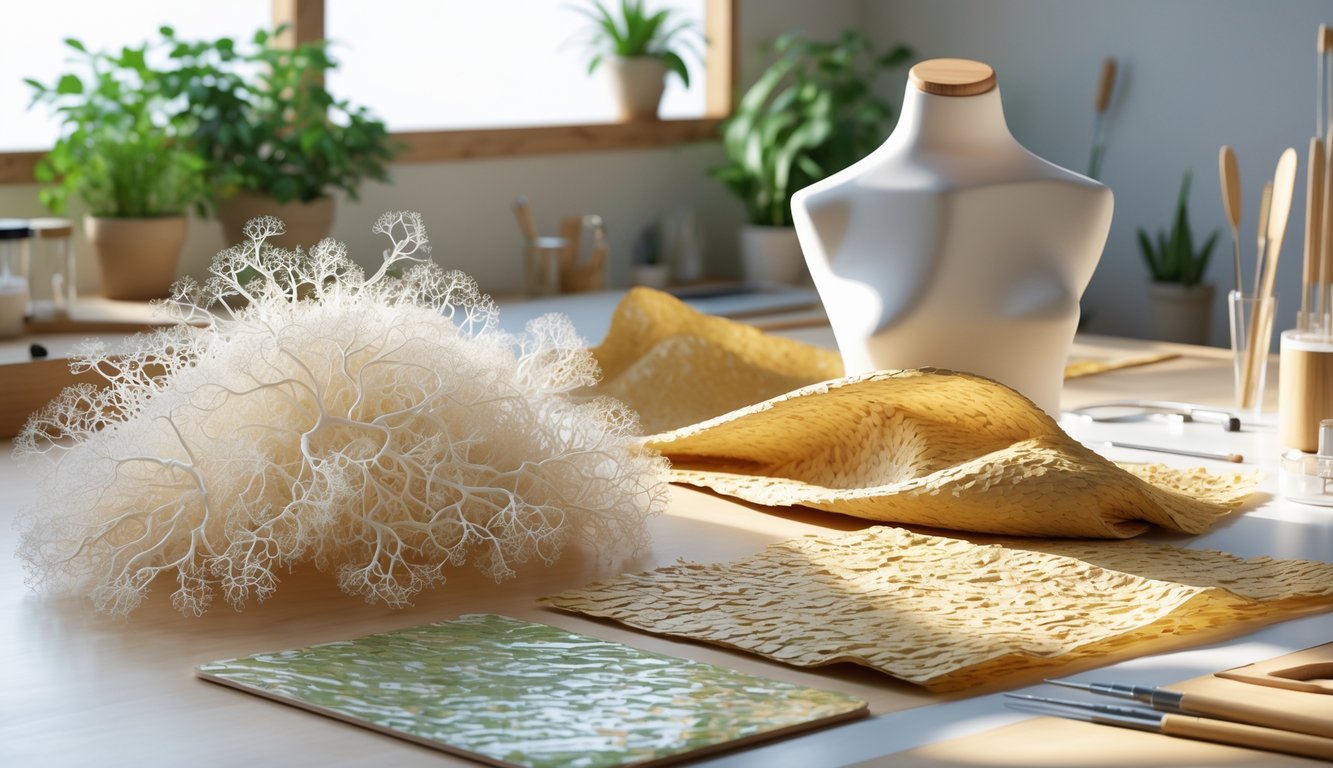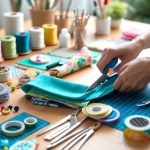
Exploring Resin Alternatives in Crafting
Let me just get this out: opening a resin kit feels like prepping for a hazardous waste spill. Who actually knows what a VOC is? Why does every “eco” list skip the stuff people might actually use? I want something I can pour on my kitchen table without needing a gas mask, not some hypothetical fantasy product.
Eco-Friendly Resin Alternatives
Soy wax, beeswax, slush latex—none of them are perfect, but at least you don’t have to toss fifty gloves every time. Bio-based options finally exist at real stores, not just weird Etsy shops. I tried water-based acrylic for a jewelry tray—my dog didn’t sneeze, it dried smooth. Some people swear by hard plaster or air-dry clay, but honestly, I just want something that doesn’t reek.
Supposedly, plant-based resins cut VOCs by half. I found a study with charts too pretty to trust. The tradeoff? You need patience, and sometimes the finish isn’t glass-clear. My friend painted on soy wax coasters and nobody noticed it wasn’t resin. Sometimes the “natural” smell lingers, which is either nice or distracting, depending how hungry you are.
Comparing Epoxy Resin and Resin Alternative Options
Epoxy resin is still everywhere, but did you know a gallon can keep off-gassing for months? I didn’t, until I noticed my studio always smells weird. Sure, it’s got shine and durability, but I grabbed some eco-resin magnets last week and they looked the same, just lighter. Price per ounce? Don’t get me started.
Affordable resin alternatives like slush latex or hybrids last longer on the shelf, so you don’t find a brick in your closet a year later. Epoxy still wins for deep pours or weird stuff like lizard encapsulation (don’t ask). I tried four “eco” brands last year—three failed, one left my kitchen smelling like spring rain but dried clear. Not bad.
If you’re not making outdoor stuff or racing client deadlines, these new options make cleanup less awful. Environmental chemists keep yelling at trade shows about this, and honestly, I’m starting to agree.
Rethinking Common Crafting Supplies

Why does hot glue always end up on my socks? Seriously. Everything I grab on autopilot feels wrong now—prices change, products change, and suddenly the classics have real competition.
Alternatives to Hot Glue and Varnish
I ditched hot glue after reading (somewhere? Michaels trend report?) that people want less mess and more eco stuff. My fingers are grateful. Double-sided tapes like Scor-Tape stick like crazy, don’t burn you, and don’t smell like melted Barbie. For fabric, I use Beacon Fabri-Tac—almost as strong as hot glue, and my textile-artist friend swears by it.
Varnish? Used to drown everything in polyurethane until a woodworker told me it traps moisture and looks fake. Now I use water-based stuff like Mod Podge, which actually lets things breathe. Beeswax polish saved more than one jewelry disaster from turning into a shiny mess. If you’re selling, that eco-label means more than “triple-thick shine” these days. But nobody warns you: sometimes these alternatives make colors dull, sometimes they pop. It’s a gamble.
Plaster and Polymer Clay Substitutes
Polymer clay: cool, except for the fumes and the microplastics. Someone at an art fair wouldn’t shut up about air-dry clays—Crayola’s is fine for ornaments, not much else. I ran side-by-side tests with old-school clay. Sometimes brittle, always cheaper. Paper clay gets closer to a porcelain vibe, holds paint, doesn’t fight you.
Plaster’s weird. I’m allergic, so I found a cornstarch-baking soda recipe from some kid’s chemistry blog. It’s terrible for detail, but at least I don’t get hives. Michaels’ trend report talks up “eco conscious” supplies, and my ceramics friend mixes recycled paper into old plaster for big sculptures. It works, but smells like wet newspaper. No single solution nails it—honestly, my shelves look like a science experiment gone wrong. And why does nobody admit humidity ruins both plaster and “natural” clays? Useless.
Innovative Materials: Mycelium, Piñatex, and Bacterial Cellulose

I keep hoping for something better than plastic, but all the cool new stuff gets buried in PR fluff. Plants, mushrooms, pineapple leaves—suddenly I’m standing in an aisle comparing vegan wallets and wondering if they’re supposed to smell like compost. Manufacturers keep pushing new materials, even if my neighbor still thinks mushrooms are only for pizza.
Mycelium and Its Creative Uses
Last week, I dropped my lunch and the takeout box looked like foam but was actually fungus-based. Mycelium plus farm waste gives you blocks for lampshades or furniture. Companies literally grow this stuff into insulation panels and shipping containers.
Evocative Design (nobody’s heard of them, but whatever) has been making mycelium packaging for years. It’s soft, sometimes too absorbent—leave it outside and it’s a soggy mess. Mix in bacterial cellulose, and it’s tougher (some 2021 study said so), but who tracks shelf life? Labels make it sound like salad ingredients.
Piñatex as a Vegan Leather Alternative
Pineapple leaves—nobody cared until sneakers stopped smelling like chemicals. Piñatex is now the meme material in my group—bags, jackets, car seats, all from waste fibers. Texture’s weird, soft but tough. It’s not really “leather” unless you’re squinting. Don’t get it wet or you’ll see warping. I asked a bag maker at the market—she grumbled about supply, but says quality’s up and prices are finally matching synthetics.
Bacterial Cellulose Applications
Never thought kombucha and crafts would overlap, but here we are. Bacterial cellulose, grown by microbes, makes thin, flexible films. Saw a sample at a textile conference—looked like parchment, felt weirdly strong. Used for textiles, wound care, even edible packaging, but nobody outside science circles knows what it is.
This review says bacterial cellulose mimics skin, so it’s big in dressings and those vegan shoes I saw in Berlin. My friend says you can mix it with mycelium for hybrid stuff, but explaining “microbial pellicle” at customs? No thanks. It dries out on my radiator, but I still don’t know if it’s waterproof.



